Driving in Italy used to be something I found incredibly daunting. I was fine as long as I was in the passenger’s seat. But driving in Italy myself? Or by myself? Terrifying. And that’s coming from someone who will jump on pretty much any chance to do things like scuba diving, bungee jumping or paragliding.
It took me a long time to get over my fear… almost a decade, in fact. But I finally took a deep breath, rented a car and took my first trip, solo, last year. That was followed up by not one, but two more several-day road trips throughout Italy — from cities to countryside.
And you know what? It was fine. (With one caveat. More on that later…).
But knowing some key tips before I started driving in Italy definitely helped.
Whether you’re wondering what it’s like driving in Italy as an American (or Australian, or…), and whether it’s your first time driving in Italy or your tenth, here are answers to some of the most common questions I hear.
First things first: Should you drive in Italy?
If you’re planning on spending all of your time in cities, no. You don’t want a car in downtown Rome, Florence, Milan, etc (and you probably aren’t even allowed to drive one there — read on for more about why). And train connections between cities, and many towns, in Italy are very good — so it’s just not necessary and more of a hassle than it’s worth.
It’s if you want to explore beyond the city limits that it gets more complicated. It’s true that you can still take trains and buses to even rural towns in many parts of Italy. And for some people, that may be the best way to go. But you’re still limited.
I love staying at agriturismi (farm-stays) in the countryside, for example, and they’re usually all but impossible to get to without a car. Same for vineyards, hot springs and, really, many of the other things that make Italy’s countryside so special.
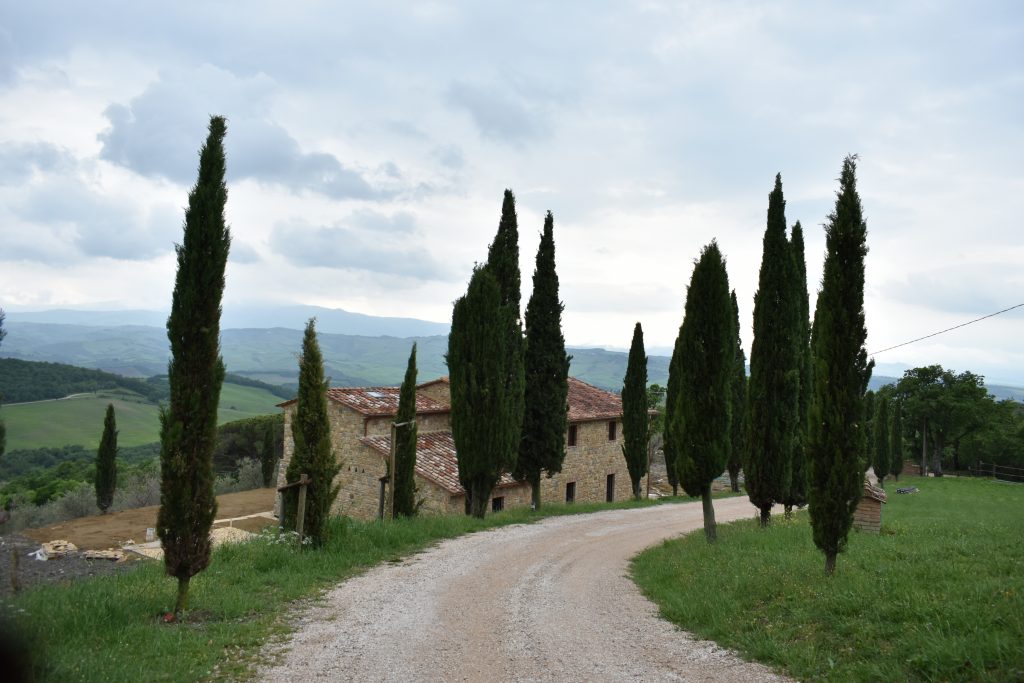
(While some towns will have taxi services from the train station, I wouldn’t rely on this; you’d have to book a taxi in advance. And then you’d be stuck at the agriturismo/vineyard/whatever until, of course, you hired a taxi again).
So if you want to see more — for example — of Tuscany than, say, Siena, Florence, Pisa and Lucca, I’d recommend hiring a car and driving in Italy. And, again: As long as you’re a decent driver, this is completely doable.
- Also: etiquette mistakes not to make eating in Italy, the best beaches near Rome and why you should visit Naples (just don’t drive there).
Forget what you’ve heard about crazy Italian drivers. Yes, the downtown areas seem chaotic and the drivers seem nuts, but you shouldn’t be driving there anyway. (Also, they’re probably not nuts. There’s a logic to the madness you’re just not seeing. I promise).
On highways, respect the rules of the road (read on for what those are) and you’ll be okay.
But that doesn’t mean you should jump right in without knowing some key tips ahead of time…
Driving in Italy: Tips for before you go
From the documents you need to drive in Italy legally, to how far in advance to rent a car, to what kind of car you should consider, here are some things to think about before you arrive at the rental agency’s counter.
Can I drive in Italy with a US license? What about an EU, Australian or Canadian one?
If you have an EU license, you’re fine to drive in Italy. (TBD on what that means for Britain as we sort out this Brexit debacle situation…).
But technically, you can’t just drive in Italy with a US, Australian or Canadian license. You also need an international driver’s permit (IDP).
Wait, what is an international driver’s permit? (And do I really need one?)
What an IDP is is rather simple — it’s a translation of your driver’s license into 10 different languages. Getting it is pretty straightforward, too. In the US, find an AAA or AATA office, pay $20 and voilá. Here are instructions for getting an IDP from AAA. It’s a similar process in Australia and in Canada. Alternatively, if you travel with your home license plus an official Italian translation of it, that’s fine too.
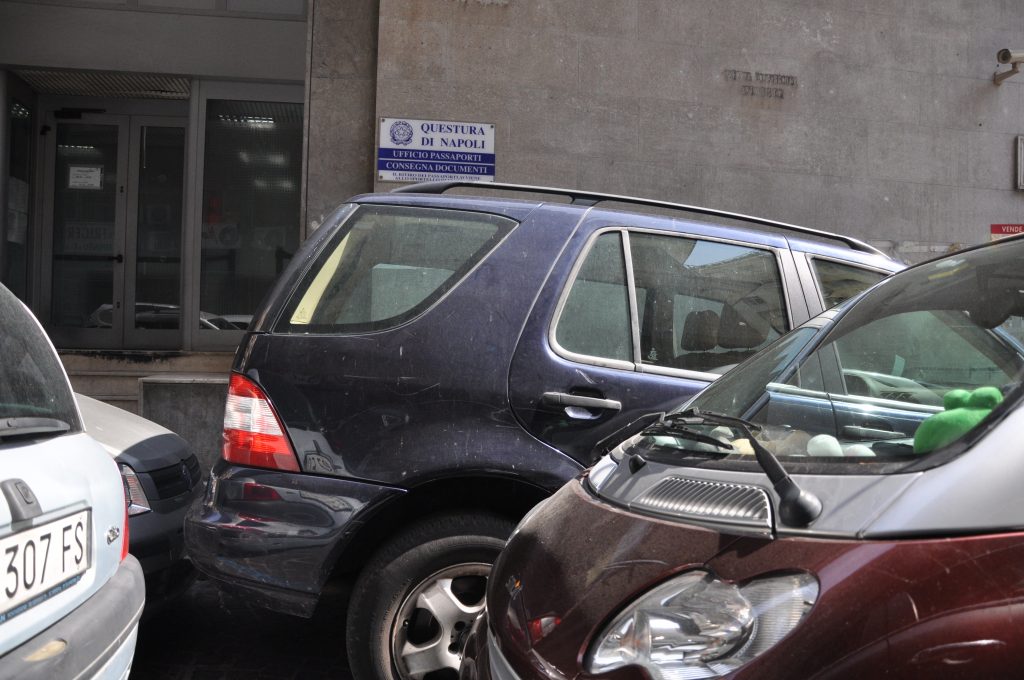
In reality? You’re unlikely to be asked to produce an IDP. It’s fairly rare (though not completely unheard of) for rental agencies to ask US drivers for anything other than their US license. It’s also rare (but not unheard of) for police to spot-check drivers.
But if you do get checked — or, a worse case still, get in an accident and are checked — the fines can be hefty. The Italian Motor Vehicle code states that the fine can be €400 to €1,600. Ouch.
As with any application of the law in Italy, it’s also true that it’s very possible that a police officer could know this law, stop you, see you don’t have an IDP and still not be bothered… but do you really want to risk it? $20 (or the cost of an official translator) and peace of mind, or that niggling concern that you might have to pay up to €1,600? I know what I’d choose.
Where to rent a car in Italy…
Major hubs, like international airports, will offer most of the major car rental companies, like Hertz, Europcar and Budget. I like to use price-comparison sites like Rentalcars.com or Kayak, but beware — the cheapest option may not always be the best option (or turn out to be the cheapest), especially if something goes wrong. (But read on about rental car insurance to make sure you’re 100% covered in that kind of worst-case scenario).
…how early to rent a car (especially if you need an automatic)…
If you book at least a few days out, online, you’re likely to find a better price than an on-the-spot rental.
But booking in advance is a must if you need an automatic. These are far less common in Italy (and around Europe) than in the United States, for example. So if you need an automatic car, book your rental car online far in advance — at least a month out in high season if you want to be safe. You’ll also have to pay a premium for the option, as automatics are often two to even four times as expensive as manual cars.
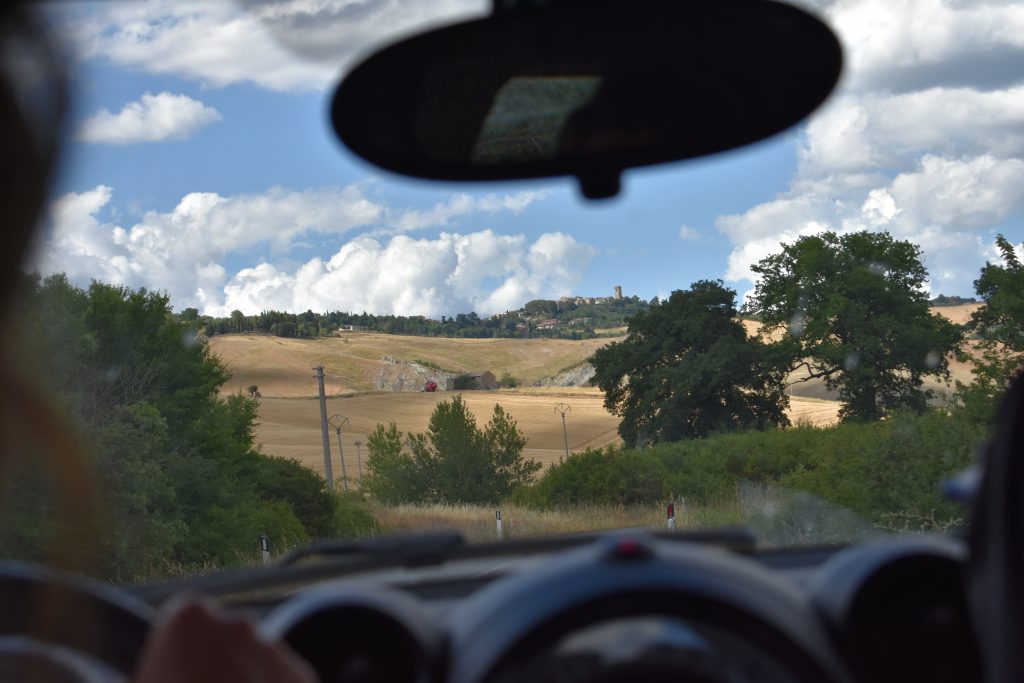
You should also book at least a couple of weeks in advance if you’d like to pick up the car in one location and drop it off in another, which can affect availability as well.
…and why you don’t always want an “upgrade” when driving in Italy.
Choose your car type wisely when driving in Italy. Unless you are a supremely confident driver, including in narrow roads, you probably do not want a massive SUV or similarly large car. Nor do you want the upgrade that they offer you at the rental car agency. (Real talk: They’re probably only upgrading you because they’ve run out of smaller cars. I’d suggest that you insist on what you originally wanted).
Here’s why: Especially if you’re coming from North American or Australia, roads in Italy will often be much narrower than what you’re used to. Sure, highways are highways (although that five-lane business we have in the US is pretty much nonexistent in Italy).
Get off the major roads, though, and things change quickly.
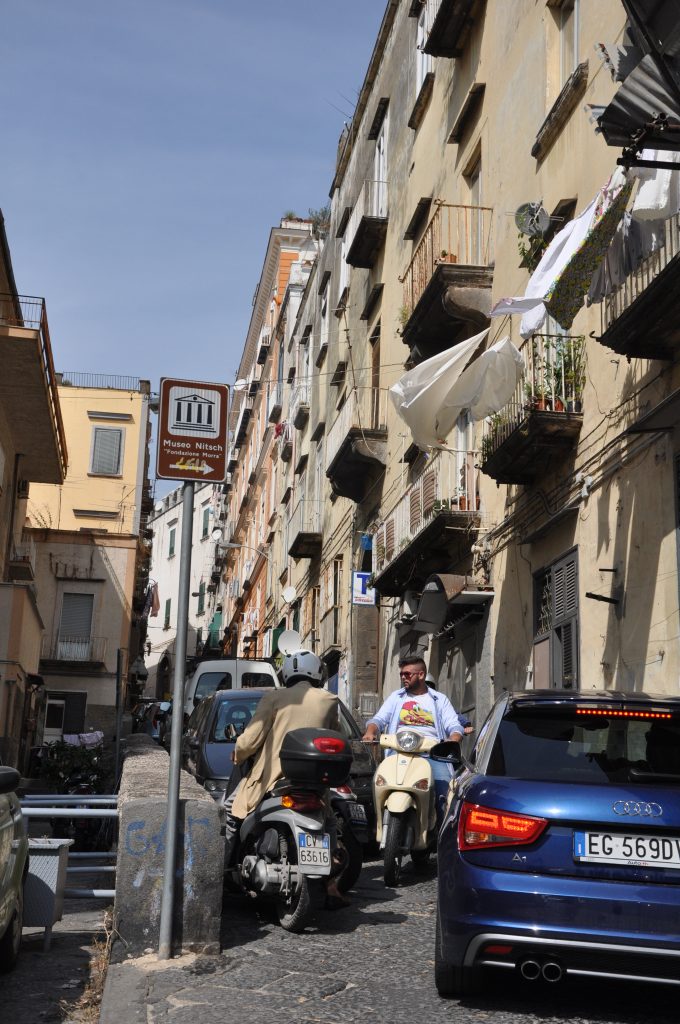
This is particularly true of streets in cities, towns, villages and rural areas. Oh, that sounds like all of Italy? Yes. Exactly.
And it isn’t just the roads, either: Parking garages and parking lots also can be a real squeeze.
Quick story. On my birthday last year, I rented a car in Perugia for a spin through the countryside. The people at the rental agency — noticing from my license that my birthday was that day — were so delighted that they upgraded me as a “gift”. The upgrade was to a slick, fancy and pretty darn wide Audi. On the highway outside the city, it was copacetic. In the traffic-clogged streets of Perugia, I started to sweat.
But it was when I tried to exit the parking garage that I lost the battle: With only a couple of inches of room on either side of the car, I maneuvered just a tad too close to the support column… and heard a scraaaaape.
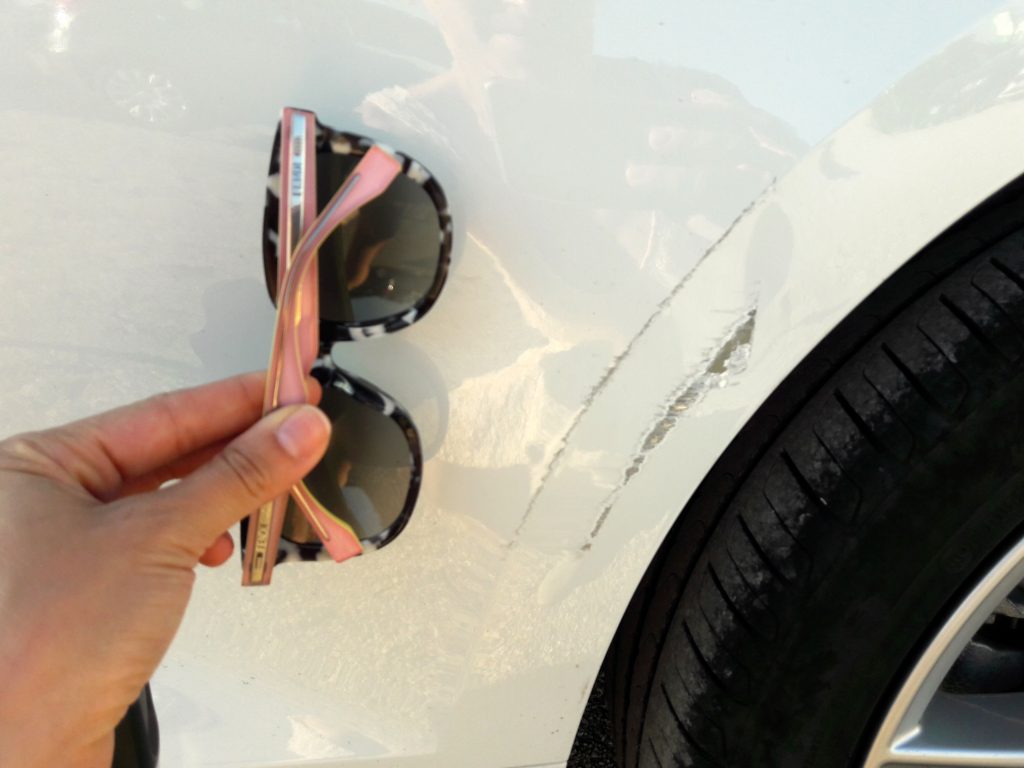
Moral of the story? I will never let someone “upgrade” me again. That compact economy car is just fine, thanks.
But… driving in the countryside of Italy means lots of dirt roads, too.
Here’s the double whammy: In the countryside, roads are still narrow. But they’re also often gravel or dirt. That includes in popular areas of Tuscany, Umbria and, really, anywhere else in the country.
And don’t count on Google Maps or your GPS to guide you around them. These roads are often the most direct route from Point A to Point B, and at least at present, Google doesn’t know the difference.
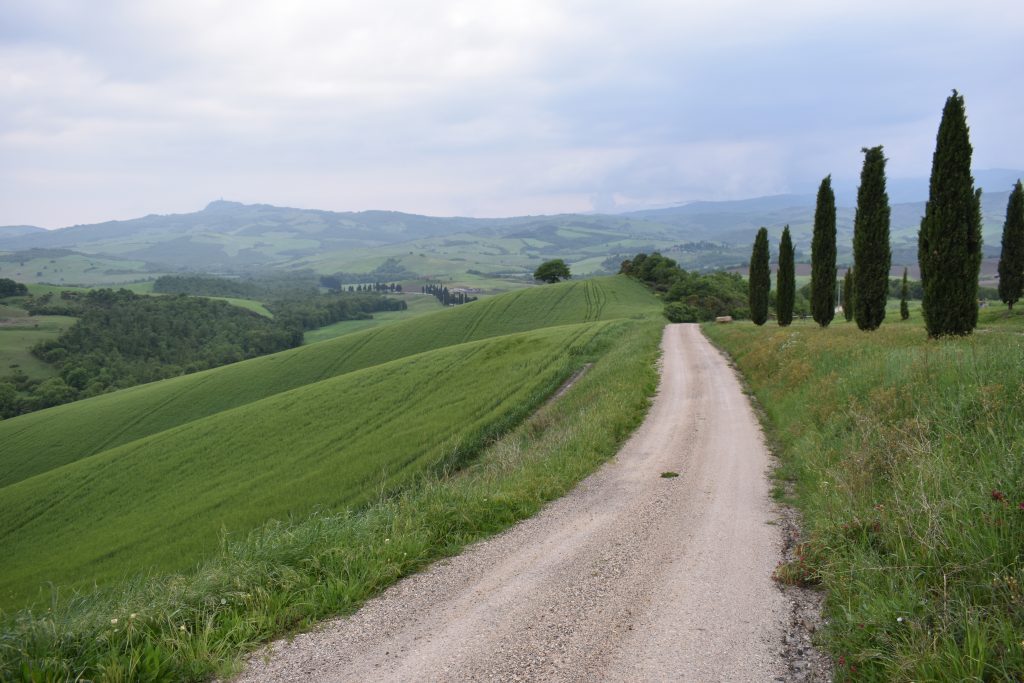
What about rental car insurance in Italy?
Other than why a pair of socks always magically turns into one sock once it’s inside of a washing machine, I find insurance pretty much the most baffling thing about being an adult. Rental car insurance is no exception.
Here’s what I’ve figured out. Normally, when you rent a car, the policy comes with a basic insurance package. But that package is usually really basic — as in, you’re on the hook for a few thousand euros of deductible (or, in British lingo, “excess”) before the insurance kicks in. Which is how they scare you into buying an extra policy that can bring that excess to zero. That purchase alone can double the cost of your hire car.
A cheaper, better way? Buy an annual policy from an independent provider that takes your excess down to 0. I have one from Insurance4carhire — it’s £45 a year for multiple car trips in Europe. That one is for residents of the UK and some other European countries only, but you can find similar policies wherever you live.
You do still need to make sure that a Collision Damage Waiver is included in your car rental, but it’s all but impossible to find a rental that doesn’t include a CDW for even its cheapest rate.
Finally: Do you need a GPS?
These days, you can rely on Google Maps to get around Italy, as long as you’re okay to pay for the data. (And as long as you bring a phone charger for the car. Don’t assume a rental car will have a USB port; bring a cigarette lighter adapter too).
But you definitely run the risk of not having signal, particularly in the countryside.
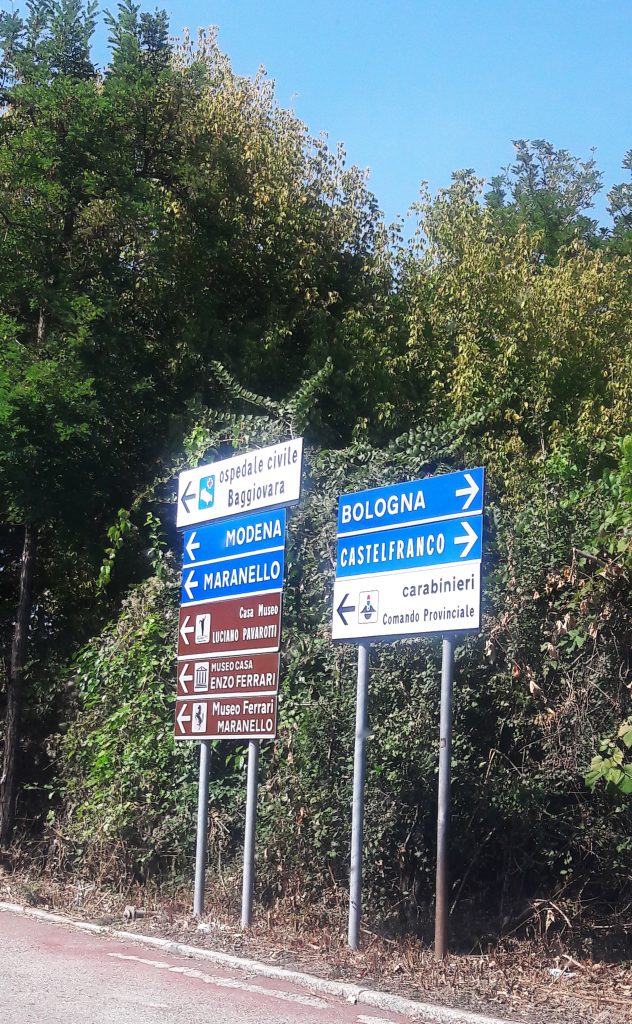
So a GPS is definitely the safer option. But it’s worth noting that it comes with many of the same drawbacks as Google (or any other map app) when it comes to other things — in particular, not knowing where ZTLs are (more later) and not knowing the difference between a dirt road and a paved road.
Is there a great solution for this? No, other than accepting that you will almost certainly make a wrong turn at some point… and that’s okay. Which is why, particularly when advising clients planning to drive around Italy, I always suggest that they keep their schedules not too jam-packed and as flexible as possible. Besides, sometimes that wrong turn brings you somewhere even more magical.
Driving in Italy: Tips for when you’re there (and some rules of the road)
So you’ve got your (safe, but not monstrously large) car, your IDP (or translation) and your rental car insurance. Great. Now it’s time to actually drive in Italy!
Here are main tips to keep in mind when you’re on the road. This list is, of course, not exhaustive — but it’s some of the biggest differences you might notice between Italy and your home country.
In Italy, you drive on the right…
Enough said.
…but you cannot turn right on red.
Just because some things are similar when driving in the US and Italy doesn’t mean everything is, of course. And this is a big one. You cannot turn right at a red light in Italy. It’s illegal. Don’t be tempted. Not least because…
Traffic cameras are everywhere… and tourists are especially vulnerable.
As well as general safety, here’s another big reason to make sure you’re following the rules of the road in Italy: Traffic cameras are everywhere. As in much of Europe, they’ll just snap a photograph of your license plate if you’re speeding, or making an illegal U-turn, or…
If you’re a resident, you can at least contest. But that’s much more difficult to do if you’re a tourist. Instead, they’ll usually send that fine to the rental agency, which will then take it off your credit card. Good luck contesting that. (If you really need it, here’s an example of just how nightmarish this can get).
So while locals may often be speeding, be cautious before you follow suit. First, they probably know where the cameras are. And second, it’s a bit easier for them to fight any fines.
When driving in Italy, “ZTL” is perhaps the most important three-letter word you’ll encounter.
ZTL stands for zona traffico limitato: Limited traffic zone. It’s the area, typically of a town or city, that is what it says: Not for everyone to drive through.
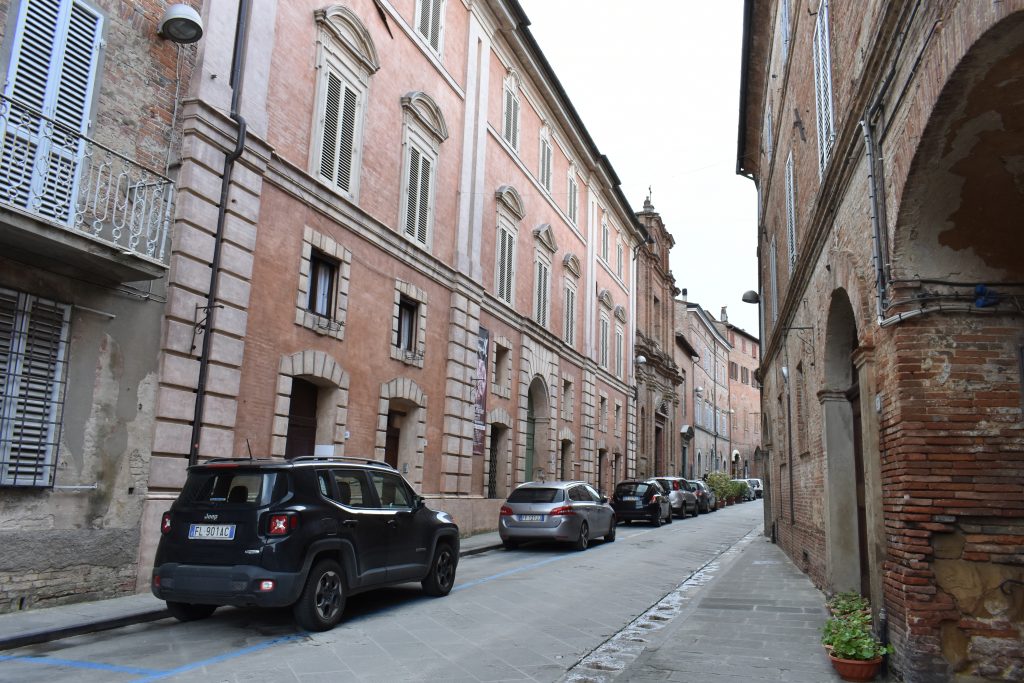
These cannot be ignored. Usually now accompanied by, you guessed it, a traffic camera, these will catch you if you drive through them. The sign may look like the below, or it may be in English (as well as Italian) with flashing lights (a newer and more tourist-friendly version that is, thankfully, being installed more around Italy). Either way, do not drive through it.
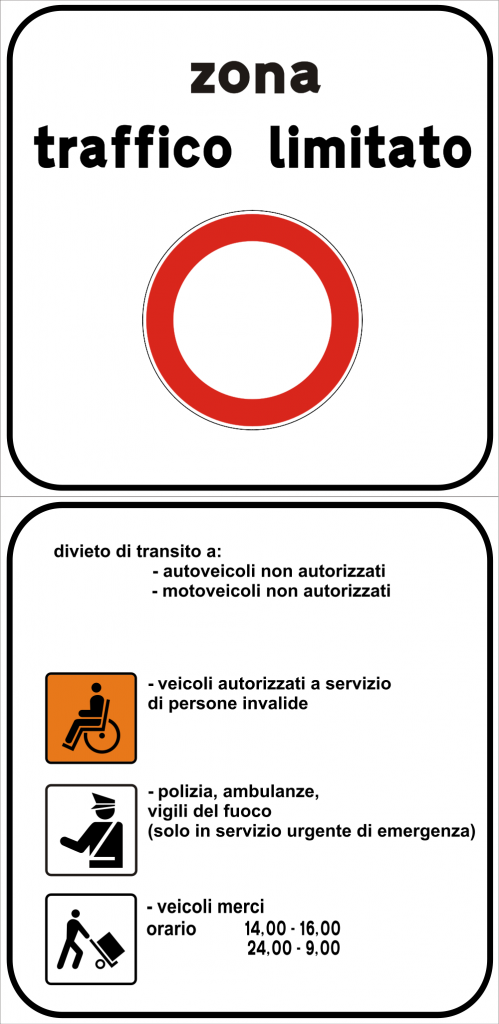
The really tricky (and, I think, somewhat unfair) thing is that it can be really difficult to know if your route will take you through a ZTL. Yes, when you’re at its edge, you’ll see a big sign like the one above. But it’s not always possible to turn around — sometimes, you have no choice but to go through.
And no, your GPS and Google Maps do not tell you where the ZTLs are. So if they take you on the most direct route, it may be right through a ZTL.
So how can you avoid going through a ZTL while driving in Italy? The most basic way: Avoid driving downtown in cities and towns. Drive around them. And if you have to stop, park at public lots outside of city walls and walk in.
Have to park within a city or town? First, you always can look the ZTL up online in advance. (To get you started, here’s a helpful website showing the ZTLs for Rome, Florence, Milan and Pisa). Second, in cities where the “downtown” or “centro storico” (which is often also ground zero for a ZTL) isn’t clearly defined to the untrained eye, when you park at a public lot or garage, keep a sharp eye out for maps showing you the ZTL. I once parked at a public garage in Bologna where one exit took you out of the downtown and away from the ZTL, while another exit took you onto a street that led directly into the ZTL. So, make sure you have a look.
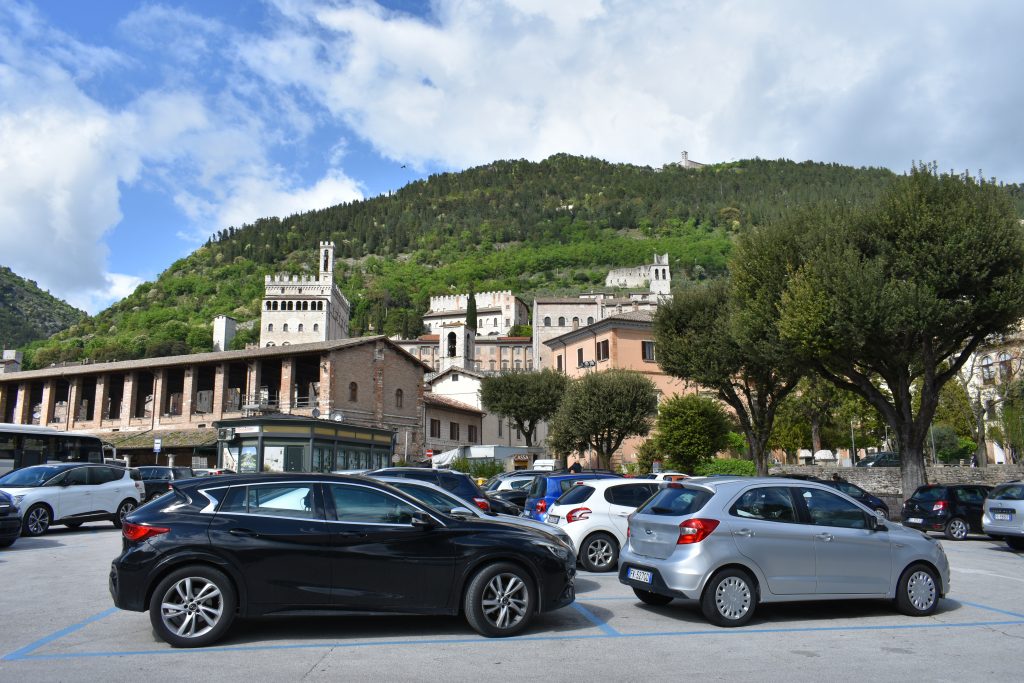
And finally, if you’re staying at a hotel in that city or town, email them in advance to ask 1) where the ZTL is and 2) if they can add you to the list of cars legally allowed to drive through it (if the hotel is in the ZTL zone, for example, they may be able to do this).
Avoid driving downtown in big cities.
First, because of the ZTL. The likelihood is you’re probably not supposed to be driving there, anyway.
But second? Because downtown areas of cities like Naples or Rome can feel pretty nutso to cross a street in as a pedestrian — never mind being behind the wheel of a car.
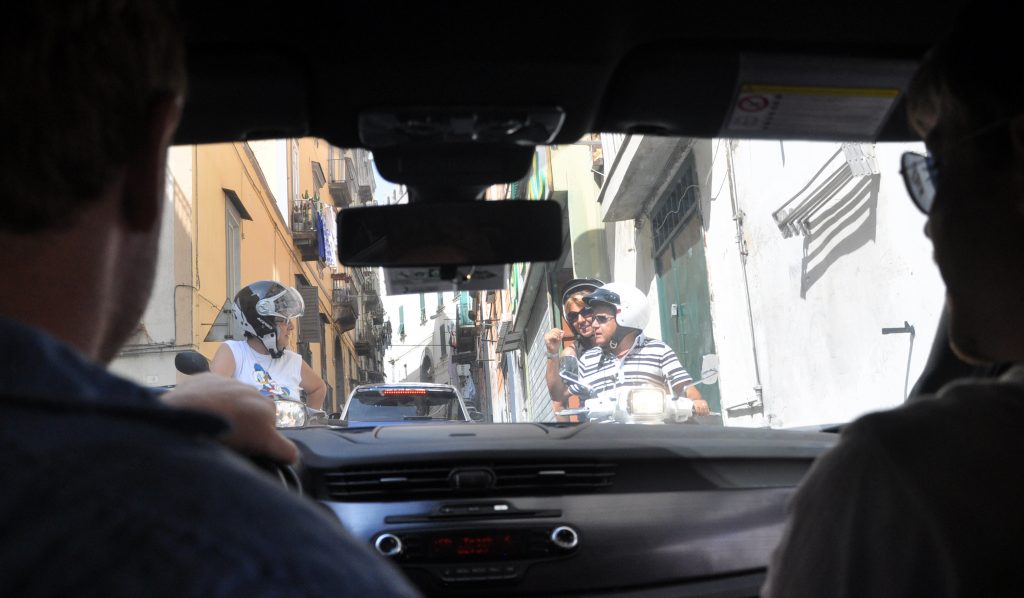
If you’re renting a car in a major city in order to start a road trip, my suggestion is usually to rent it at the airport (bypassing the city entirely) or rent it as close to a highway entrance as possible. In Rome, for example, Termini train station tends to be a fairly good bet — it’s still chaotic there, but you’re at least near the autostrada entrance.
Know the speed limits (and what unit they’re in).
Speed limits in Italy are in kilometers per hour, not miles. That probably seems obvious, but if you’re from the US, it can be easy to forget. Speed limit signs usually are a white and red circle with the number in the center.
On major highways (autostrade), the standard speed limit is 130km/hr, so adhere to this if you don’t see a sign. On non-major highways, it’s 110km/hr. And on local roads, it’s 90km/hr.
Do not drive in the left lane unless you’re passing.
You know how some people love to just sit in the left lane, even when they aren’t passing? Don’t be that person anywhere. But especially don’t be that person in Italy, where local drivers hate it.
If you forget, though, don’t worry! Within minutes, someone will normally remind you to move over — usually by flashing lights at you, riding your bumper… and/or beeping and/or making angry hand gestures. You have been warned.
Make sure you choose the correct lane for tolls.
Many highways in Italy can feel a bit stop-and-start with toll booths. Make sure you choose the correct lane. At your first toll booth, this should be the lane that says biglietto (which means ticket). You do not want to take the lane that has only TELEPASS listed (this will be in yellow).
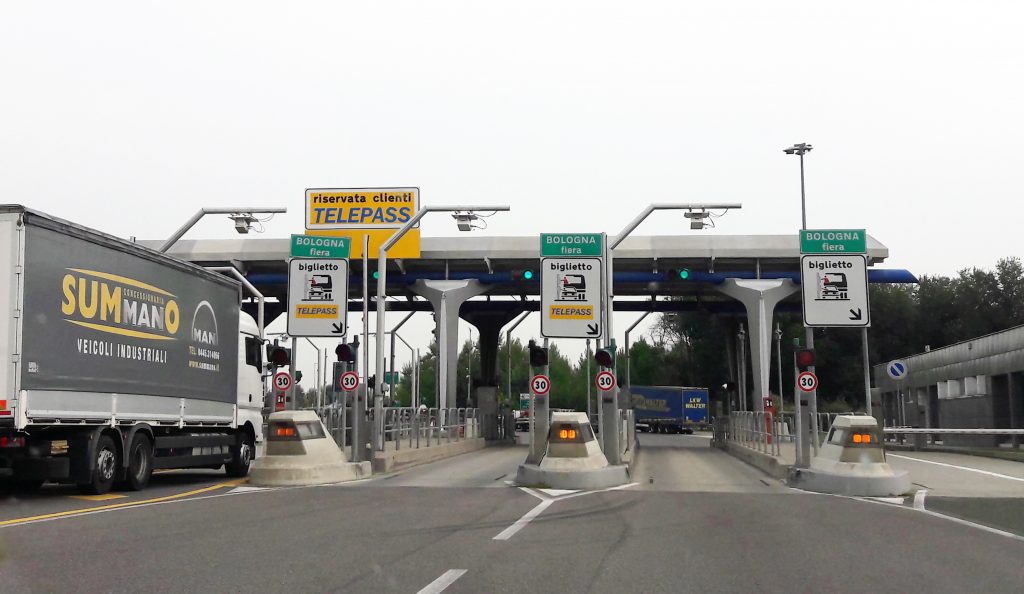
When exiting the toll area, lanes that say carte are for cards (debit or credit), while the one with just an image of cash and coins is (you guessed it) cash and coins.
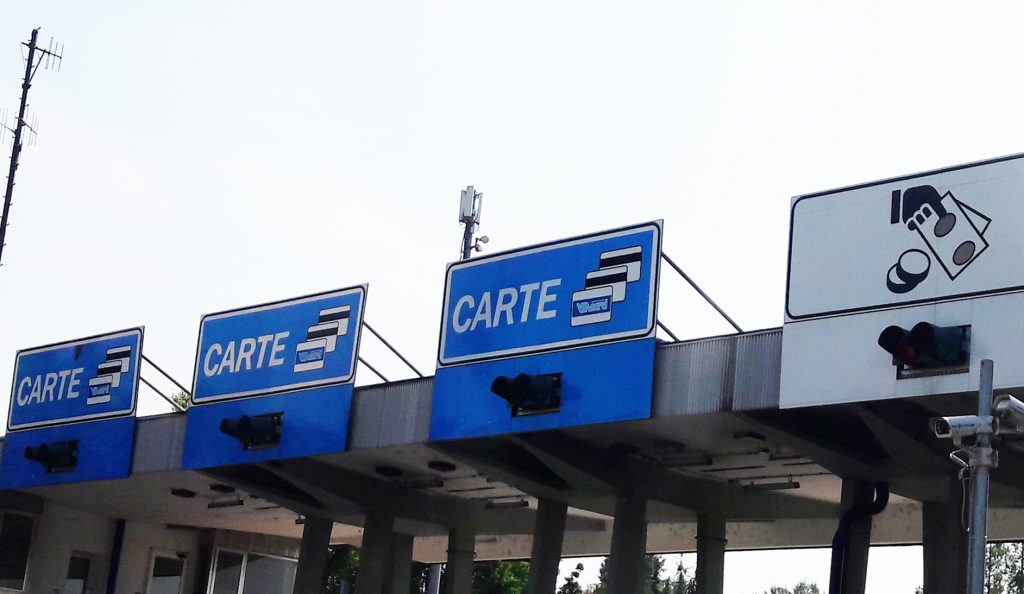
You will probably encounter roundabouts.
Like much of Europe, Italy has wholeheartedly embrace the roundabout. If you aren’t sure how to handle one, Google it.
Someone flashing your lights at you doesn’t mean what you think it means.
If they’re behind you because you’re in the passing lane and not passing anyone (or maybe you are, but too slowly for their liking), they’re flashing you because they want you to move. But at, say, a crossroads? It could mean you go first. It could mean don’t go because I am. There’s really no way to be sure.
As in any country, use eye contact and hand gestures instead of relying on lights alone, and proceed carefully. It’s worth noting that traffic on your right has the right-of-way at a crossroads in Italy, but not everyone always adheres to this, so do be careful regardless.
Last word: So, should you drive in Italy?
I may have scared you with some of these photos. Sorry. I just want to make sure you don’t drive through downtown Naples, that’s all.
Other than that? It’s really not bad. Keep these basic tips in mind, and you’ll be fine. And if you’re not… there’s always that annual excess policy you got, right?!
I kid. Drive safe. Drive defensively. And enjoy. From being afraid to drive in Italy, road trips in Italy are now one of my favorite things. I hope they will be for you, too.
Have you driven in Italy before? How did you find it? Let me know in the comments — and if you have any other driving in Italy tips to share!
Liked this post? You’ll love The Revealed Rome Handbook, which includes many more tips and tricks like these in more than 200 information-packed — but never overwhelming! — pages. It’s available for purchase on Amazon or through my site here. I’m also free for one-on-one consulting sessions to help plan your Italy trip.

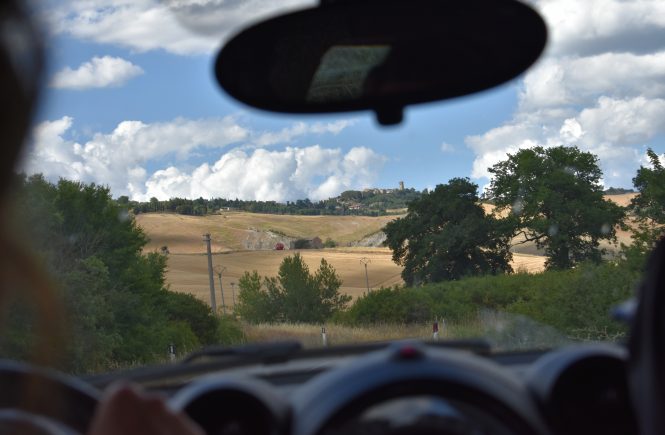

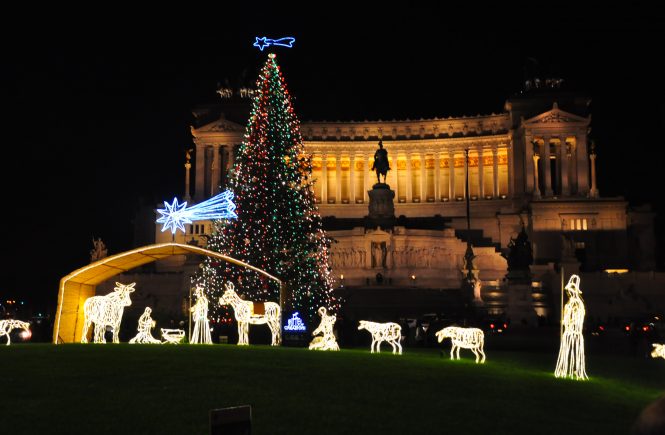
2 comments
It’s worth mentioning that some credit cards give you insurance if you pay for the car rental with the credit card and decline the extra insurance offered by the rental company.
I have a Chase Sapphire card that I used to rent a car for a trip to Pompeii. After we exited the archaeological site our car was nowhere to be found. We were on the hook for reimbursing the rental agency for the stolen rental car, but the card’s insurance paid most of the cost, minus a deductible.
Got lost along Lake Como and scraped side of car backing up off mountain! I disliked driving along the lake at that end the most of all driving done in Italy. Coming down the mountain at Cortina was interesting, also!